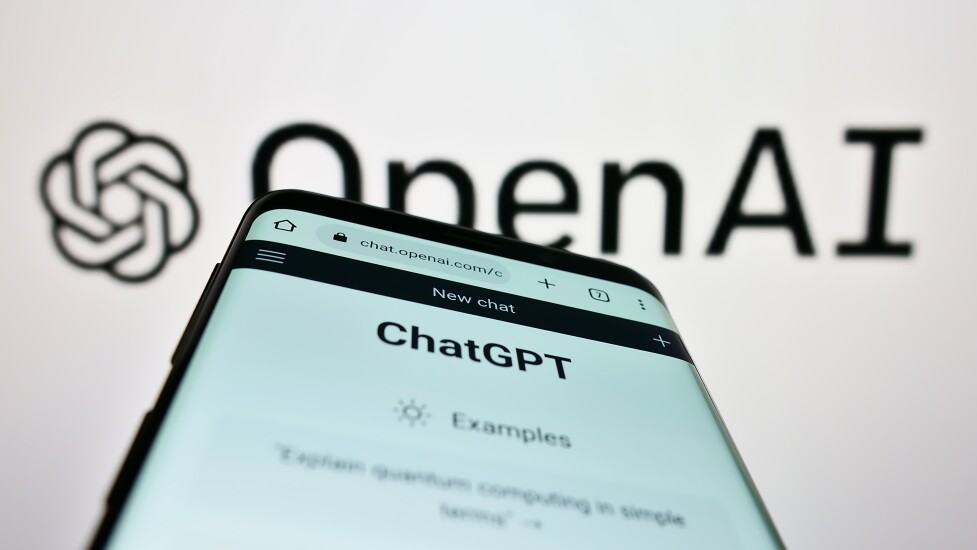Adopting generative AI and large language models will be a requirement for banks that want to keep up with the rest of the world, experts said, but their processes must be responsible and efficient.
Banks are eager to adopt generative AI, such as OpenAI's ChatGPT or Google's Bard, to increase internal productivity and enhance customer experience. But the industry, which tends to approach innovation cautiously, will need a path to successful implementation and evaluation.
Financial institutions are ramping up investments as they search for the best ways to apply the technology, according to a KPMG report released exclusively to American Banker. The data is based on June survey responses from 56 U.S. financial services executives at organizations with more than $1 billion in revenue, as part of a study of 200 leaders across industries.
"There are certainly more questions than answers when it comes to AI as executives assess the use cases, but I think it's pretty clear that bank executives see the transformative power of AI," said Peter Torrente, a banking and capital markets national sector leader in KPMG's audit practice.
Almost all banks are evaluating generative AI opportunities, said Christine Livingston, managing director and leader of AI at Protiviti, but only a handful have actually started applying generative AI and large language models in a meaningful way.
For banks that want to jump in the generative AI space, here's a list of the top considerations and how to navigate them:










